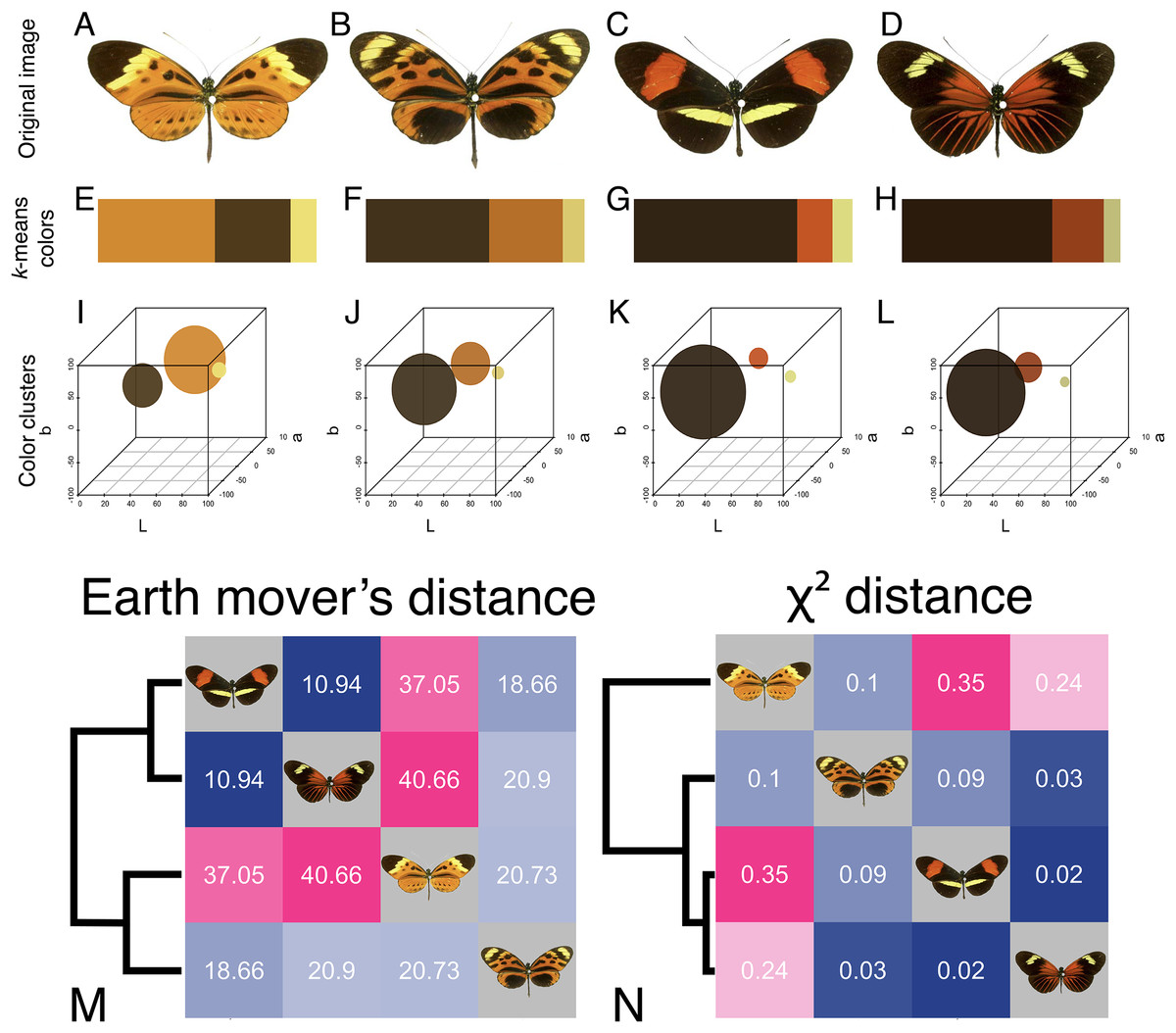

The darker intervals are composed of a softer type of rock which is more susceptible to erosion. These sediments are banded iron formations, comprising distinctive layers of iron and silica-rich minerals once widely deposited on the ocean floor and now found on the oldest parts of the Earth’s crust.Ĭliff exposures at Joffre Falls show how layers of reddish-brown iron formation just under a metre thick are alternated, at regular intervals, by darker, thinner horizons. In the beautiful Karijini National Park in western Australia, some gorges cut through 2.5 billion year old, rhythmically layered sediments. And it’s not from studying the moon itself, but from reading signals in ancient layers of rock on Earth. We recently discovered the perfect place to uncover the long-term history of our receding moon. However, the moon was formed around 4.5 billion years ago, meaning that the current recession rate is a poor guide for the past.Īlong with our fellow researchers from Utrecht University and the University of Geneva, we have been using a combination of techniques to try and gain information on our solar system’s distant past. If we take the moon’s current rate of recession and project it back in time, we end up with a collision between the Earth and moon around 1.5 billion years ago. These have shown that the moon is currently moving 3.8 cm away from the Earth every year. In 1969, NASA’s Apollo missions installed reflective panels on the moon. Looking up at the moon in the night sky, you would never imagine that it is slowly moving away from Earth.


 0 kommentar(er)
0 kommentar(er)
